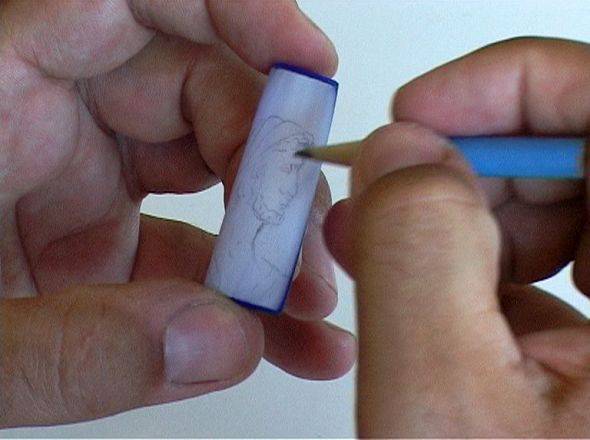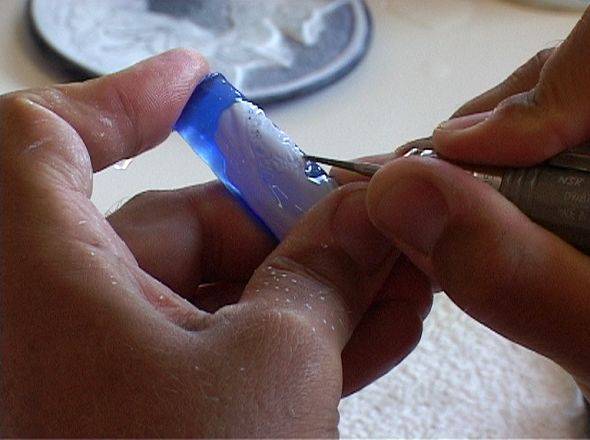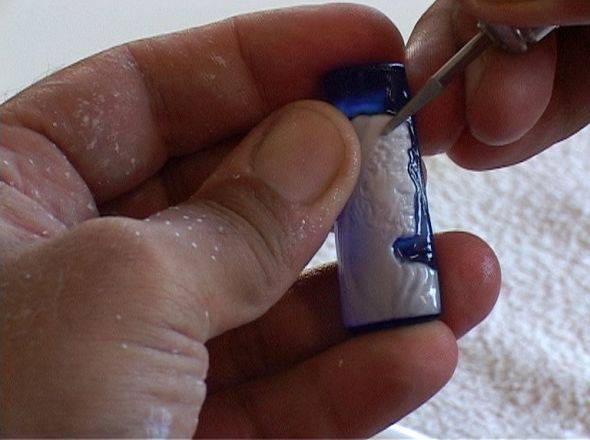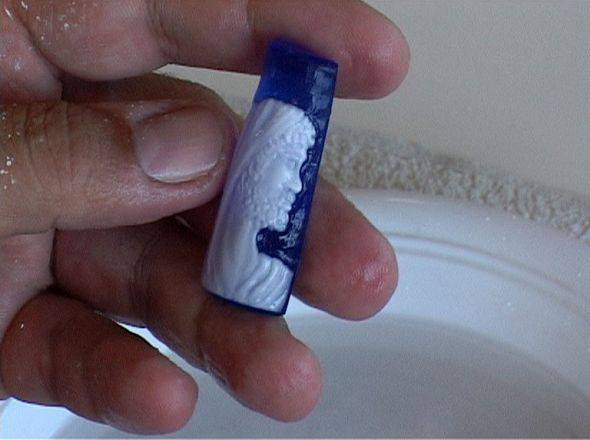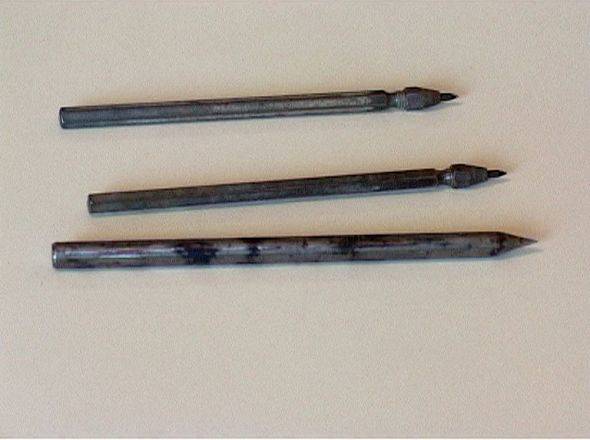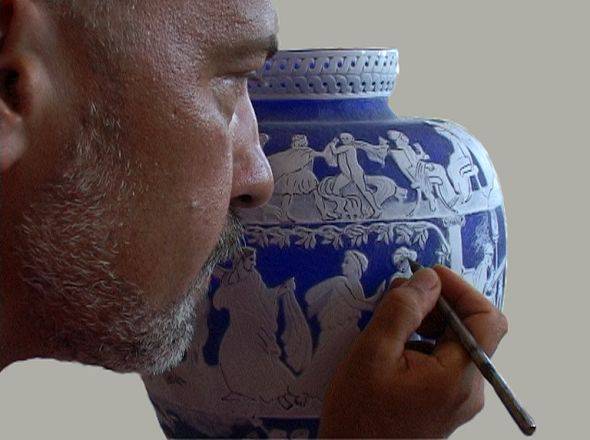Description
Video above: Cameo Glass
Cameo glass is worked in a furnace by a craftsman, then finely engraved so as to obtain bas-reliefs in opaque-white glass on a darker coloured background, generally blue.
The Roman craftsman immersed a blue-glassed or another coloured blown object in a crucible of opaque-white glass so as to obtain a white inside layer ('flashing' or 'dip-overlay').
This was deduced from recent studies on Roman cameo glass and experiments in a furnace at the Corning Museum of Glass. Even Venetian glasshouses from as early as the 19th century followed this same process.
English glassworkers from the 19th century, by contrast, adopted the method of preparing a blown object of opaque-white glass and having opened it at one end, blowing the coloured glass inside.
The object was then given to the engraver who carried out the bas-relief with a roller and other tools.
Ancient cameo glass are abrased on the inside to make the wall thinner.

